Netaji Bose's Great Escape...in a Wanderer W24
Images: Shreya Goswami
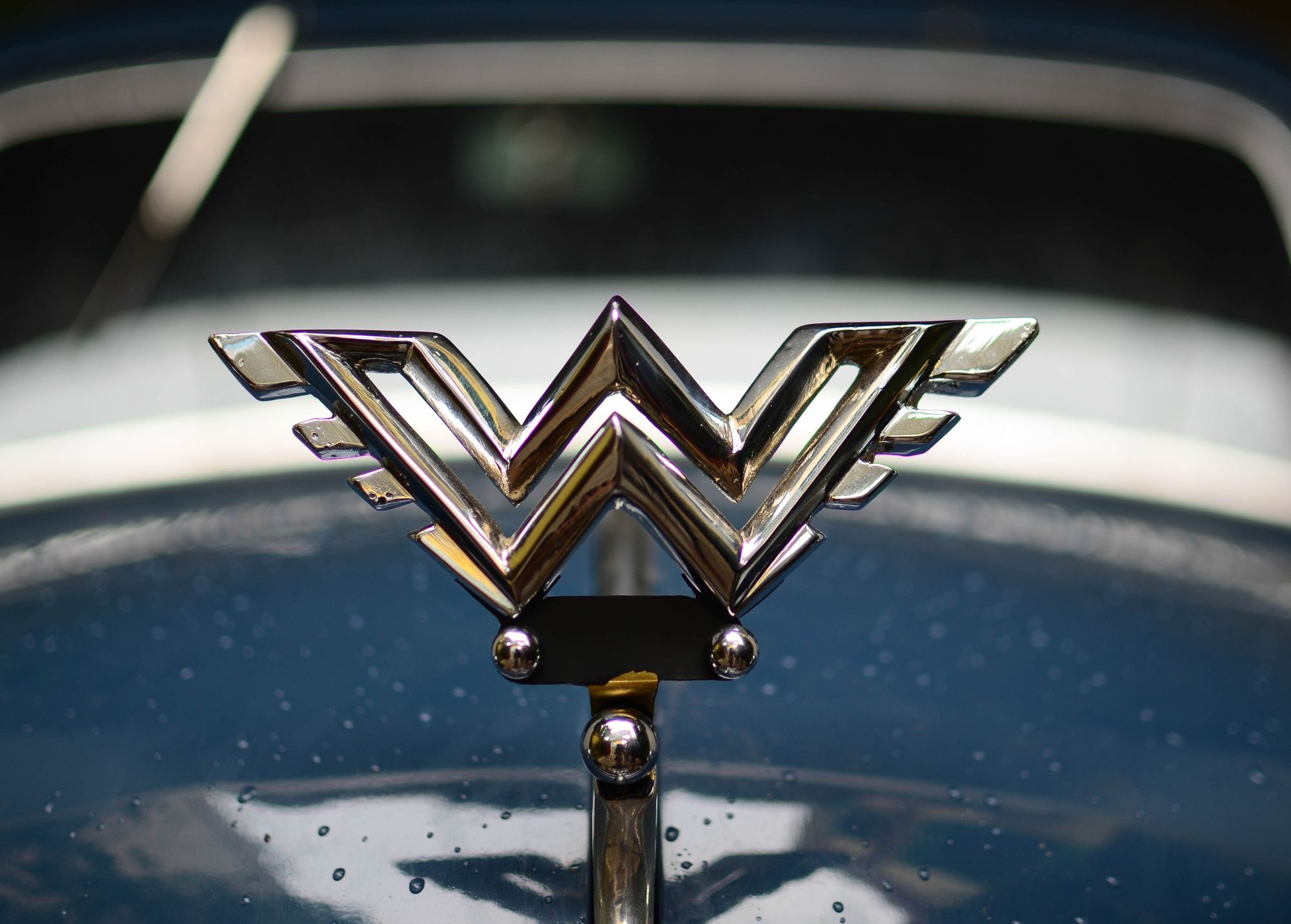
The 1937 Wanderer W24 is the only car of its kind in India. But its historical significance outweighs its uniqueness. After all, this is the car in which India’s most charismatic freedom fighter Netaji Subhas Chandra Bose ‘escaped’ from his residence at Calcutta’s Elgin Road. We take a look at the beginnings of the Wanderer W24, the car that helped with Netaji Subhas Chandra Bose’s daring escape.
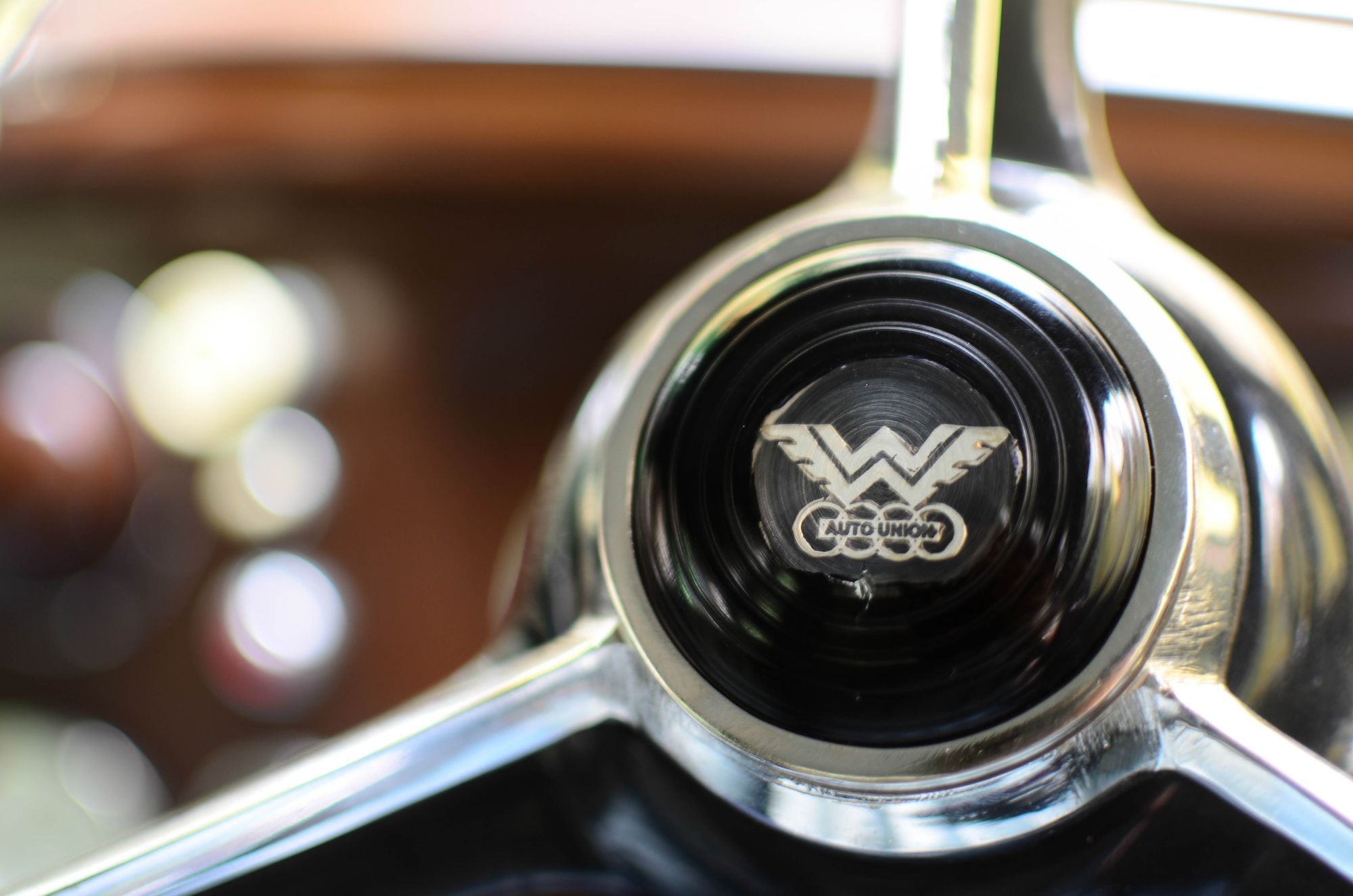
In the stealth of the night of January 16th-17th, 1941, despite being under constant surveillance by the British, Netaji Subhas Chandra Bose donned a disguise and made his way to Gomoh railway station in the Wanderer W24.
With Netaji’s 21-year-old nephew Sisir Kumar Bose at the wheel, the black sedan covered the distance of some 300km to Gomoh in a few exciting hours, so that Netaji could catch the Kalka Mail to Delhi. This was just the first part of his escape from India. He would eventually make his way to Peshawar, and then to the Soviet Union through Afghanistan, to finally arrive in Germany in April of that year.
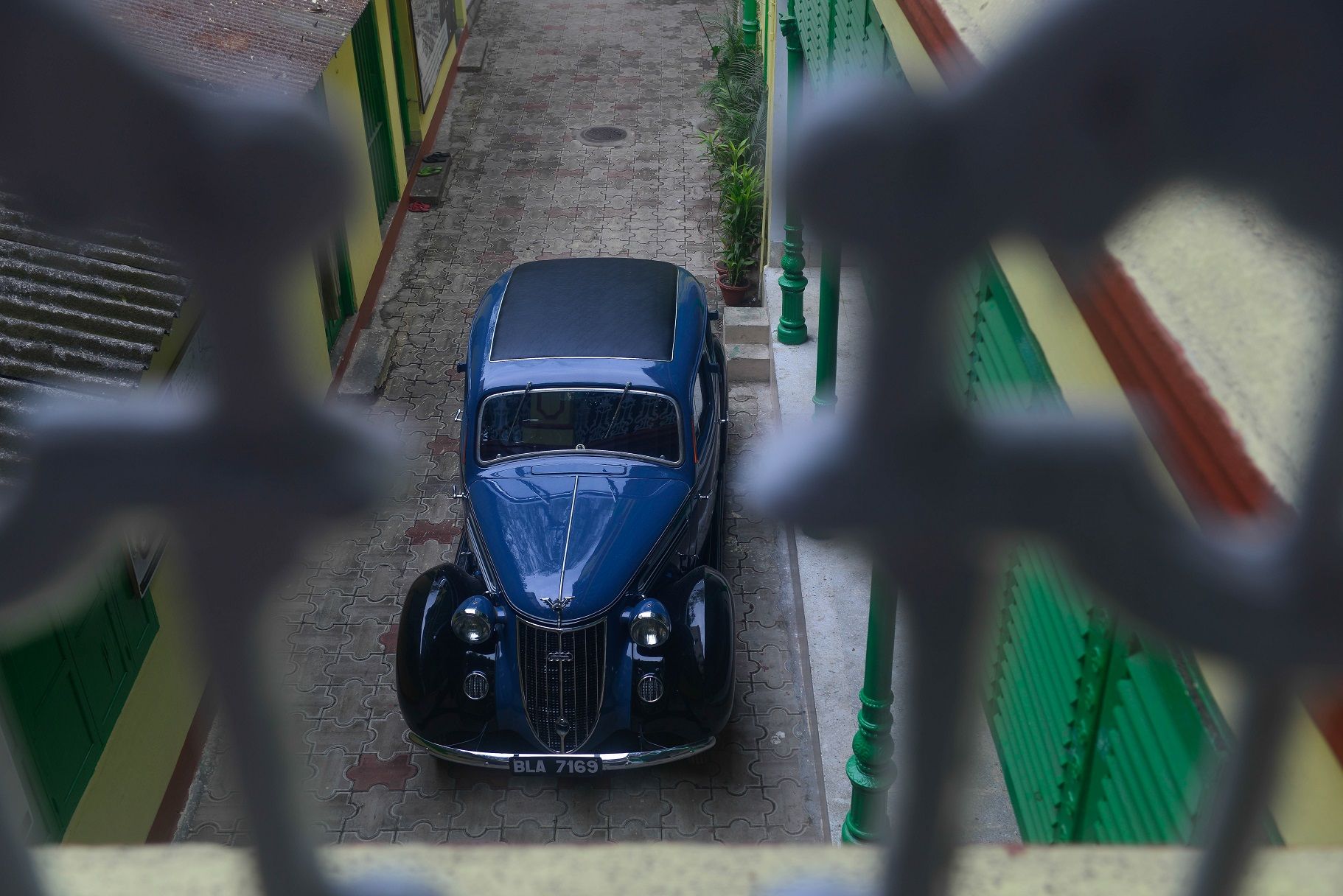
Bought in 1937 by Netaji’s elder brother, Sarat Chandra Bose, the 1937 Wanderer W24 was registered in the name of Sisir Kumar Bose. Driven mostly by him, the car was in regular use till 1957 after which it was donated to the Netaji Research Bureau. Since then it has been immobile for the better part of five decades. The decision to get the 1937 Wanderer W24 restored was taken in June, 2016, so that it could be ready in time for the 75th anniversary of Netaji’s Great Escape. The task of restoring was given to Pallab Roy. Roy and his team worked flat out for seven very short months for a most impressive result.
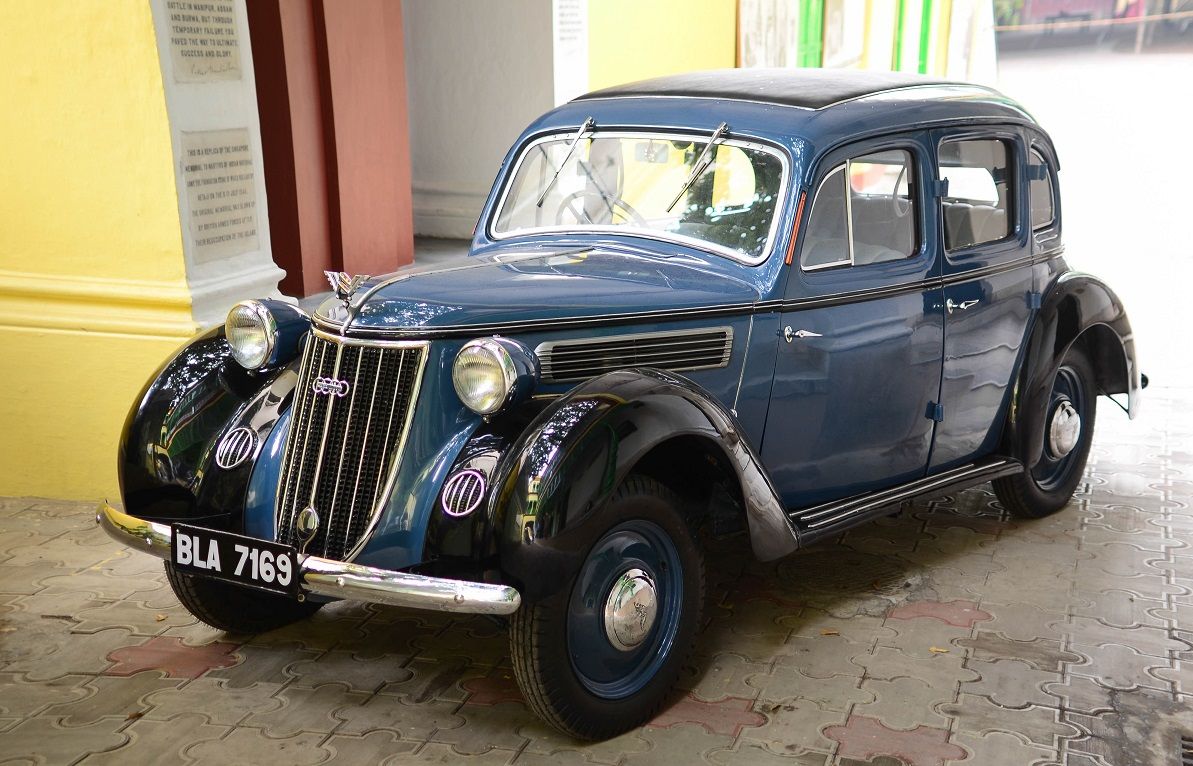
The very beginnings of this car, and the German Wanderer marque, goes back to the year 1885, when Johann Baptist Winklhofer and Richard Adolf Jaenicke founded the company “Chemnitzer-Velociped-Depôt Winklhofer & Jaenicke”, registered to sell and repair bicycles. Soon after, they were manufacturing bicycles, and by 1902, they had graduated to the manufacture of motorcycles. The first car from Wanderer, the 5/12hp Type W1 was shown in the 1911 edition of the Berlin motor show, and by 1913 series production of the car had begun.
By 1913, Wanderer had developed the 15hp W2, which was developed into the W8 by 1926. The brilliant Ferdinand Porsche was signed on in 1930 to design a six-cylinder and two eight-cylinder engines. Only the six-cylinder went into production in 1931 as the W14 12/65hp, with a light-alloy 3.0-litre engine. But the cost of model development and the crash of the stock market took its toll on the carmaker.
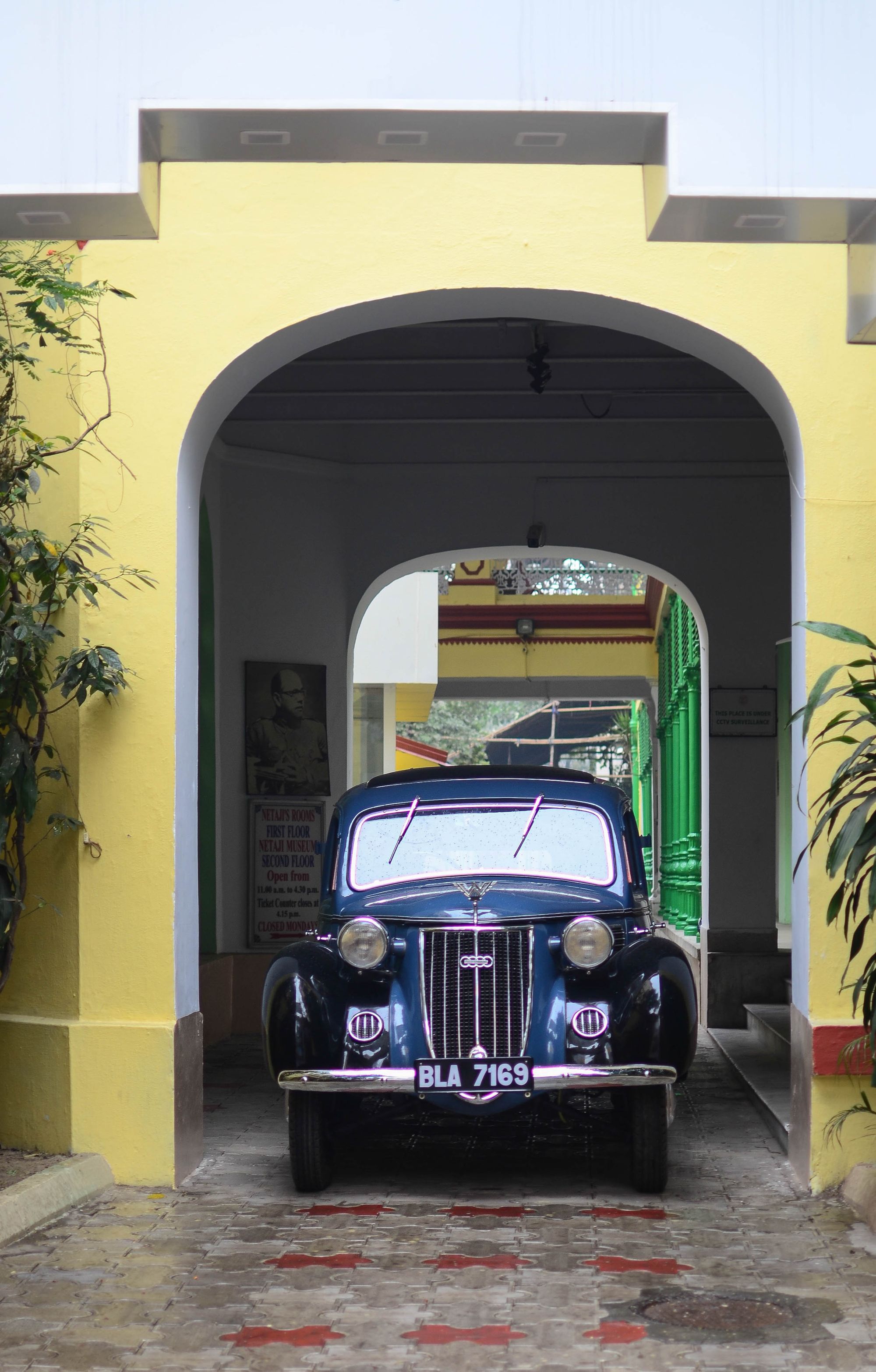
Under the pressure from the Dresdner Bank, which granted Wanderer loans of over 5 million reichsmarks, Wanderer sold its license for the manufacture of motorcycles to the Czech engineer Dr. Fr. Janecek, who founded the motorcycle brand Jawa. Wanderer then merged with Audi, DKW and Horch into Auto Union, in mid-1932. This explains the logo of the group, the four interlinked rings which remain the logo of Audi, the only surviving brand amongst these four.
Whilst DKW, with its two-stroke engines was to focus on the cheaper end of the market, and Horch right at the top, Audi and Wanderer models were developed to address the midsection of the market. Thus, under Auto Union management, the Wanderer W21 was launched in 1933 as a direct competitor to Mercedes-Benz’s 170. The six-cylinder W21 evolved into the W23 in 1937. The same year, Wanderer launched the W24, which was a smaller four-cylindered derivative of the W23, and the latter shared with the former several drivetrain and suspension components, as well as body parts and chassis bits.

The new model policy enabled the brand to achieve its greatest commercial success. The W24 became Wanderer’s highest selling car, with more than 22,000 built over a three-year period. Available with a variety of body styles–basic two-door and four-door saloons, as well as two and four-door convertibles–the W24 sold well in Germany and Continental Europe. Very few came to India though, and in all likelihood, the car on this page is the only one extant in India (though several DKWs do survive in the country).
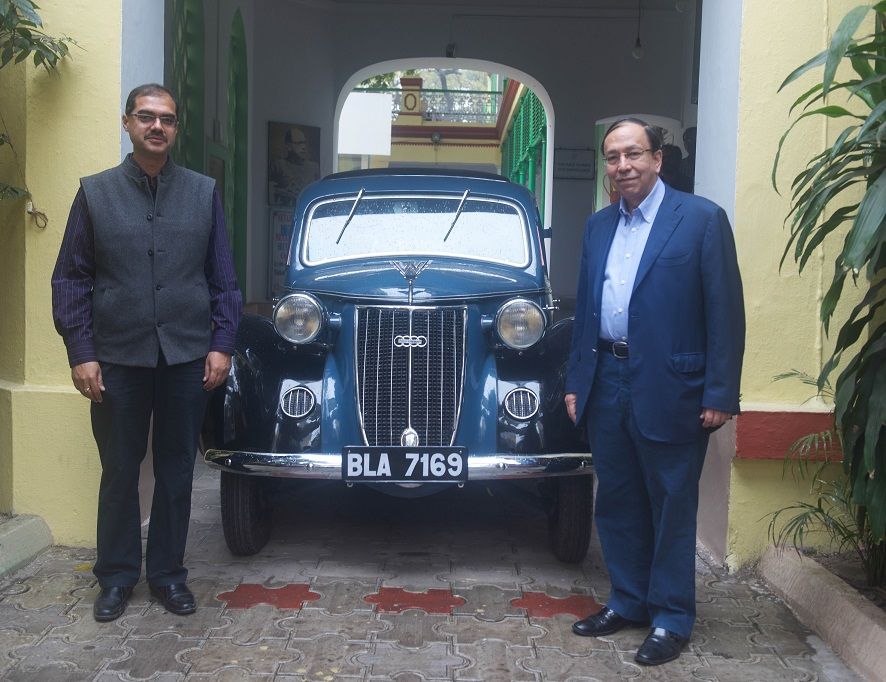
Comments
Sign in or become a deRivaz & Ives member to join the conversation.
Just enter your email below to get a log in link.
